The first step to growing as a safe and competent pilot is to fully understand how an aircraft works. This includes understanding every part of an airplane, especially its control surfaces and how they affect performance. Fully comprehending the ways in which various sections of the airplane affect aerodynamics, as well as how the laws of aerodynamics work on the aircraft, is the best way to remain calm in an emergency and pilot effectively when in normal flight.
This includes wing flaps. The flaps on an airplane wing are usually not much noticed by those outside of aviation, but they play a vital role in getting—and keeping– an airplane aloft. Flaps are also an important part of making a safe and controlled landing.
What Is a Wing Flap?
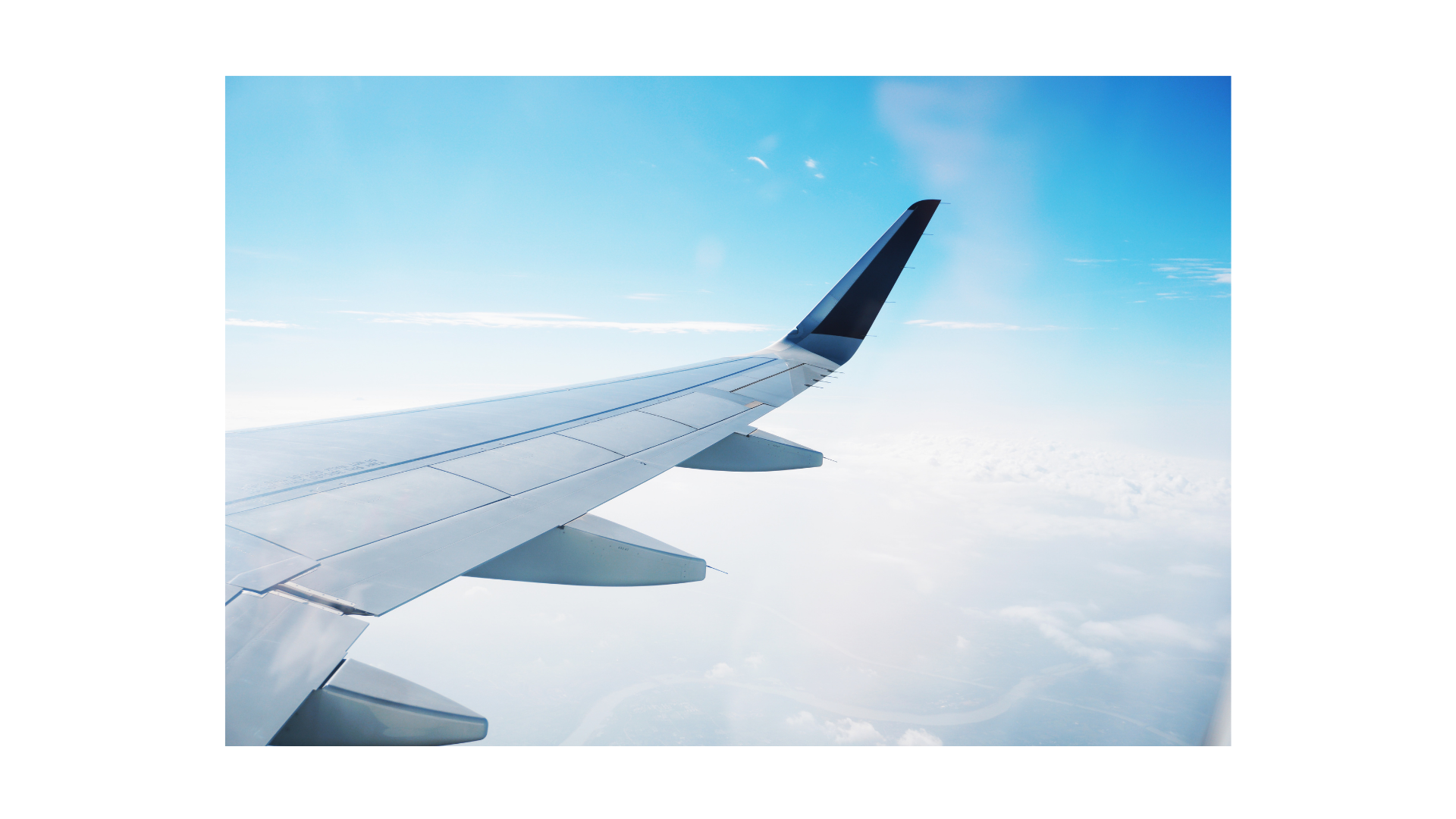
The flap is placed on the outside edge of an airplane’s wing. You can find it between the fuselage and ailerons. Large jetliners have as many as three parts to their flaps; these are extended in sections on takeoff and landing, as needed. Small aircraft have appropriately sized flaps which attach to the wing with a hinge.
Flaps help to either increase or decrease the camber, or surface area, of the airplane wing. Camber includes how convex the upper part of the wing is, as well as the concavity of the lower half. Wing flaps are a significant part of the takeoff and landing process. When the airplane is taking off, the flaps help to produce more lift. Conversely, flaps allow for a steep but controllable angle during landing. During both, efficient use of flaps help to shorten the amount of runway length needed for takeoff and landing.
How Wing Flaps Work
Wing flaps change the shape of the airplane wing. They divert the air around the wing as necessary. The setting of the flap determines whether they are used to increase lift (as on takeoff) or increase drag (used on landing.) When the airplane’s flaps are up, the camber of the airplane is such that the wings can produce more lift. Depending on the aircraft, the flap settings are usually between five and fifteen degrees. After liftoff, the wing flaps are retracted completely so that they do not begin to produce drag.
Conversely, extending the flaps of the airplane creates a “broken wing,” which increases drag. This also lower’s the airplane’s stall speed. It helps the airplane to slow down. Pilots usually place the flap setting between twenty five and forty degrees. This allows the pilot to take a steeper angle of attack to the landing field. Pilots who are flying high wing airplanes might notice a significant pitch up in the aircraft’s nose if the increase in drag is sudden.
Types of Wing Flaps
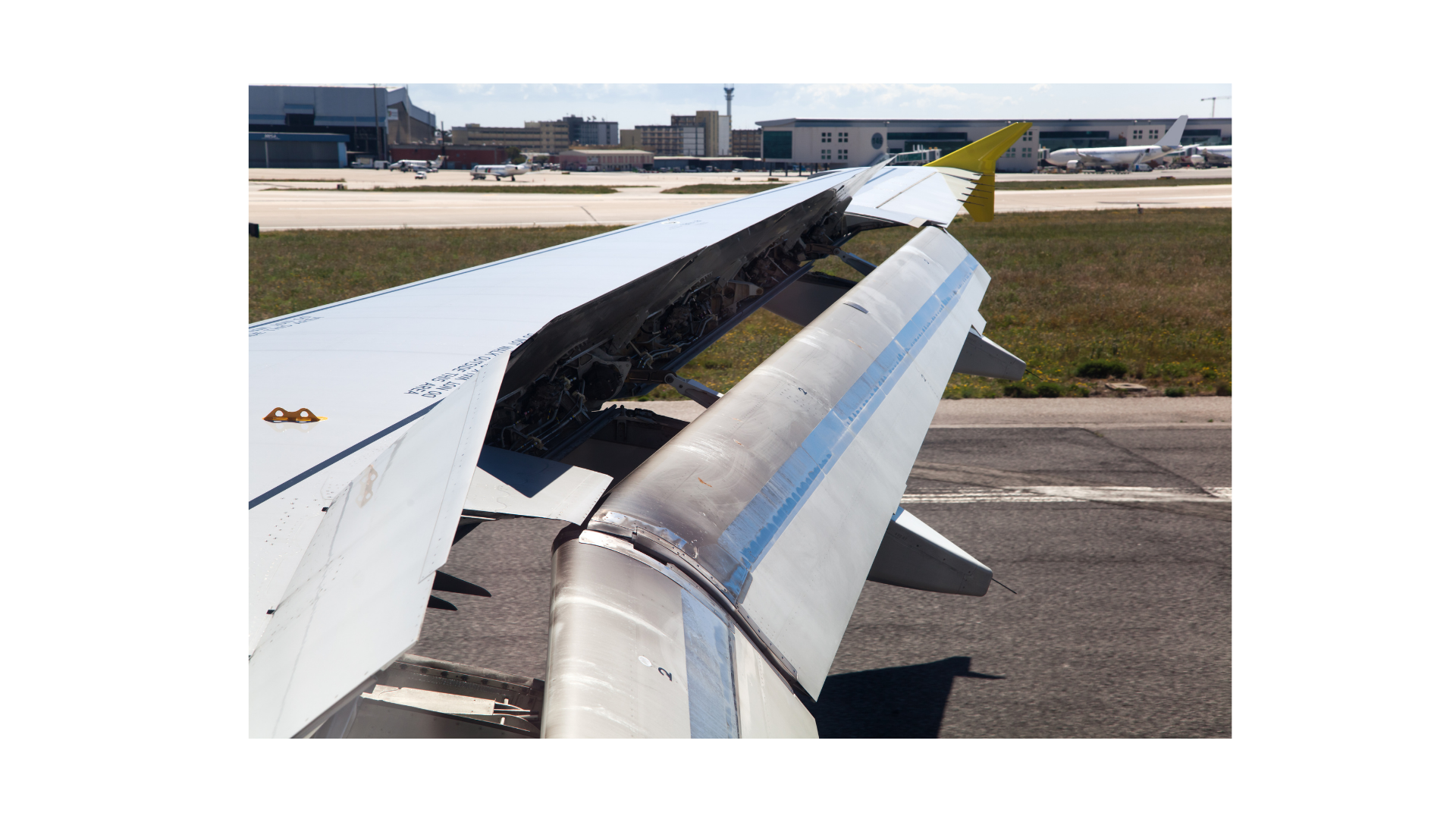
Smaller, simpler airplanes, usually sport airplanes or those used to train pilots, use a plain flap. These don’t create an enormous amount of lift, but it’s not usually needed. When a plain flap is extended, it swings down from a hinge to the back of the wing. You might also hear these referred to as “barn door flaps.”
Split Flaps
Split flaps extend from the lower part of the wing’s surface. These are more complex and produce a greater amount of lift than plain flaps. Split flaps were partially invented by one of the Wright Brothers, Orville, but they were not in use much past the 1930’s due to the rapidly accelerating technology of the airplane industry. They were more effective at producing drag than providing lift. The Douglas DC-1 is the most famous type of airplane to use split flaps. They are now usually only seen on vintage aircraft.
Slotted Flaps
Slotted flaps are seen on most modern aircraft. Training, passenger, and cargo airplanes all use them, both jet and propeller-powered. Wing camber is noticeably increased by slotted flaps. Instead of simply folding down from the wing, slotted flaps allow a small opening between the flap and the rest of the wing. This creates additional lift, because it allows the high pressure beneath the wing to rush above the wing. Airflow separation is then delayed.
Junker Flaps
Junker flaps, also known as droop flaps, are a type of wing flap that finds use in various aircraft designs. These flaps are unique in their design and function.
Unlike traditional flaps that extend from the trailing edge of the wing, Junker flaps are hinged at or near the leading edge of the wing. When deployed, they droop downwards, altering the shape of the wing and increasing its camber. This allows for greater lift at lower speeds, making it an effective tool for short takeoff and landing (STOL) aircraft.
Zap Flaps
Zap flaps are a type of high-lift device used on aircraft to reduce the stalling speed of an aircraft wing. They operate on a split flap design where the movable bottom portion slides aft on tracks and hinges down. This action increases the area of the wing as well as its camber, providing both a higher maximum lift and higher drag capacity.
They are particularly beneficial in situations that require increased lift, such as during takeoff and landing. Zap flaps are often used on some military aircraft and their operation is typically controlled by a hydraulic system.
Krueger flaps
Krueger flaps are a type of high-lift device used on the wings of an aircraft to increase lift during takeoff and landing. Unlike other types of flaps, Krueger flaps are mounted on the leading edge of the wing rather than the trailing edge.
When extended, they create a slot between the flap and the wing, allowing high pressure air from below the wing to flow to the upper surface. This delays the separation of airflow from the wing, thereby reducing the stall speed and allowing the aircraft to fly safely at slower speeds.
Gouge Flaps
Gouge flaps are a unique and less common type of wing flap, developed in the mid-1930s. Unlike standard split flaps, which simply hinge downward, gouge flaps operate on a track system that allows the bottom segment to slide back. This design enables an increase in both chord and camber, thereby altering the wing’s shape and performance characteristics.
Slotted Fowler Flaps
Slotted Fowler flaps are a type of high-lift device used on the wings of an aircraft to enhance lift during takeoff and landing. They are an advanced type of flap that both extend backward and downward from the trailing edge of the wing.
The “slotted” part of the name refers to the gap that forms between the flap and the wing when the flap is extended. This slot allows high-pressure air from beneath the wing to flow over the top of the flap, helping to “stick” the airflow to the flap’s surface and delay airflow separation which reduces the stall speed.
The “Fowler” part of the name comes from Harlan Davey Fowler, the inventor of this type of flap. Fowler flaps increase the wing area and change the wing camber, which increases the amount of lift the wing can generate.
Fowler Flaps
Fowler flaps are used on large jets to create massive lift and drag as necessary. While Fowler flaps were invented around the same time as split flaps, and various engineers and pilots worked with the idea, the modern concept of them did not come into use until Harlan Fowler convinced Lockheed to employ it on its 14 Super Electra (popularly known as the “Super 14”) in the latter part of the 1930’s. Fowler flaps extend in stages. Depending on the type of aircraft, the flaps run on racks or rails in a series controlled by the pilot. Fowler flaps sometimes also have slots, and are known as slotted Fowler flaps. All are far more complex than plain flaps.
You may also hear the phrase “flaperon.” A flaperon is a surface which functions as both a wing flap and an aileron. Using a flaperon instead of a separate aileron and wing flap helps to reduce with aircraft’s weight—when employed properly, use of a flaperon can result in the use of less fuel. Flaperons appear on both small and large aircraft (even experimental and kit planes) and, just like the Wright Flyer, were inspired by the way the wings of a bird work.
Practical Purpose and Function of Flaps
No matter the type of aircraft or style of flaps, pilots must understand the effect that use of them will have on their flight. Especially while landing, pilots must think ahead, anticipate, and make educated judgments about wind speed and runway conditions.
It’s also important to understand that flaps work in concert with the aircraft’s power, pitch, and altitude. For example, flaps cannot alone make for a safe landing—if an aircraft seems as if it might land beyond an intended landing area, pilots must increase the angle of the flaps in addition to lowering the airplane’s pitch and power. The reverse is true if the landing area seems to rush up faster than expected.
Are There Limitations Or Restrictions On Using Flaps?
In aviation, the use of flaps comes with several limitations and restrictions. They are critical for both takeoff and landing, but their usage must be within certain parameters to ensure safety and efficiency.
Airspeed Limitations
One of the most common restrictions is related to airspeed. Each aircraft has a specific airspeed range, denoted by the white arc on the airspeed indicator, within which full flaps may be safely deployed. Exceeding these speeds with the flaps extended can cause structural damage.
Altitude Restrictions
Flaps are typically only used below 20,000 feet. This is due to potential compressibility issues that can occur at higher altitudes.
Aircraft-specific Restrictions
The amount of flap used during takeoff varies depending on the type of aircraft. The aircraft manufacturer usually provides specific guidelines and limits for flap usage. For instance, in a Cessna 172, flaps are not commonly used since its takeoff roll at sea level conditions is around 1000 feet. However, up to 10° of flaps can be used if desired.
Takeoff Considerations
While few airplanes prohibit using flaps on takeoff, it’s not always a good idea, especially when trying to achieve maximum performance.
Weather Conditions
Strong crosswinds might necessitate the reduction of flap use during landing to maintain control over the aircraft. In hot weather, overheating around the wing’s bleed ducts could pose problems if flaps are deployed. Cold weather conditions, especially with ice or snow, limit how far flaps can be retracted post-landing to prevent damage from ice accumulation.
Love flying? Turn your passion into a career.
YOUR AERONAUTICAL CAREER AWAITS
(661) 615-5915 GET IN TOUCH TODAY
Ready to soar in your aviation career?
Mr. Matthew A. Johnston has over 23 years of experience serving various roles in education and is currently serving as the President of California Aeronautical University. He maintains memberships and is a supporting participant with several aviation promoting and advocacy associations including University Aviation Association (UAA), Regional Airline Association (RAA), AOPA, NBAA, and EAA with the Young Eagles program. He is proud of his collaboration with airlines, aviation businesses and individual aviation professionals who are working with him to develop California Aeronautical University as a leader in educating aviation professionals.
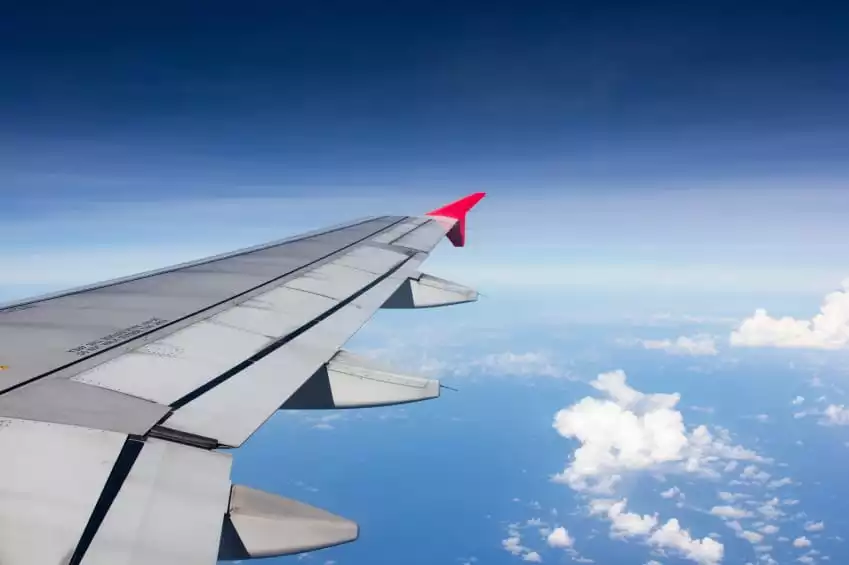
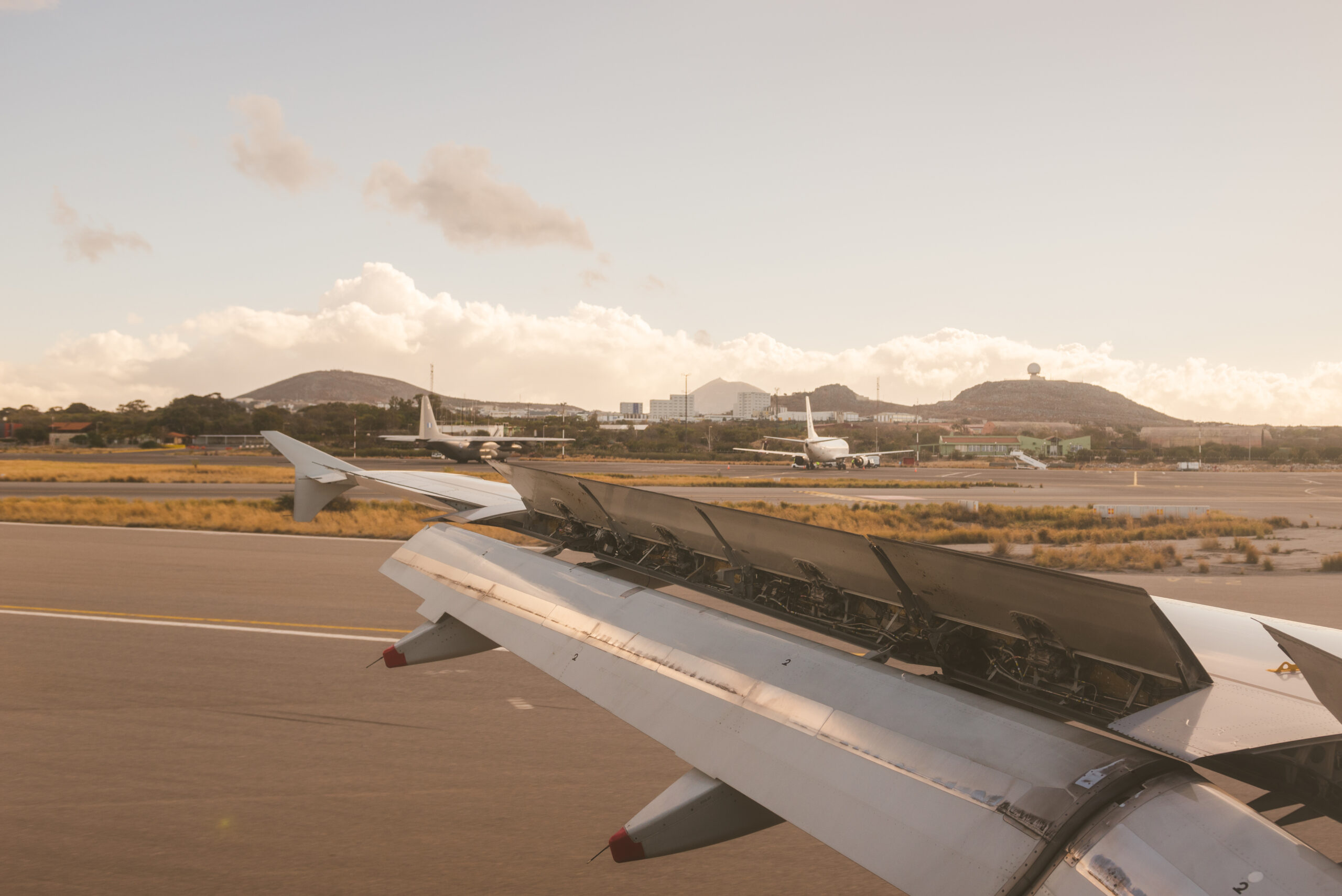
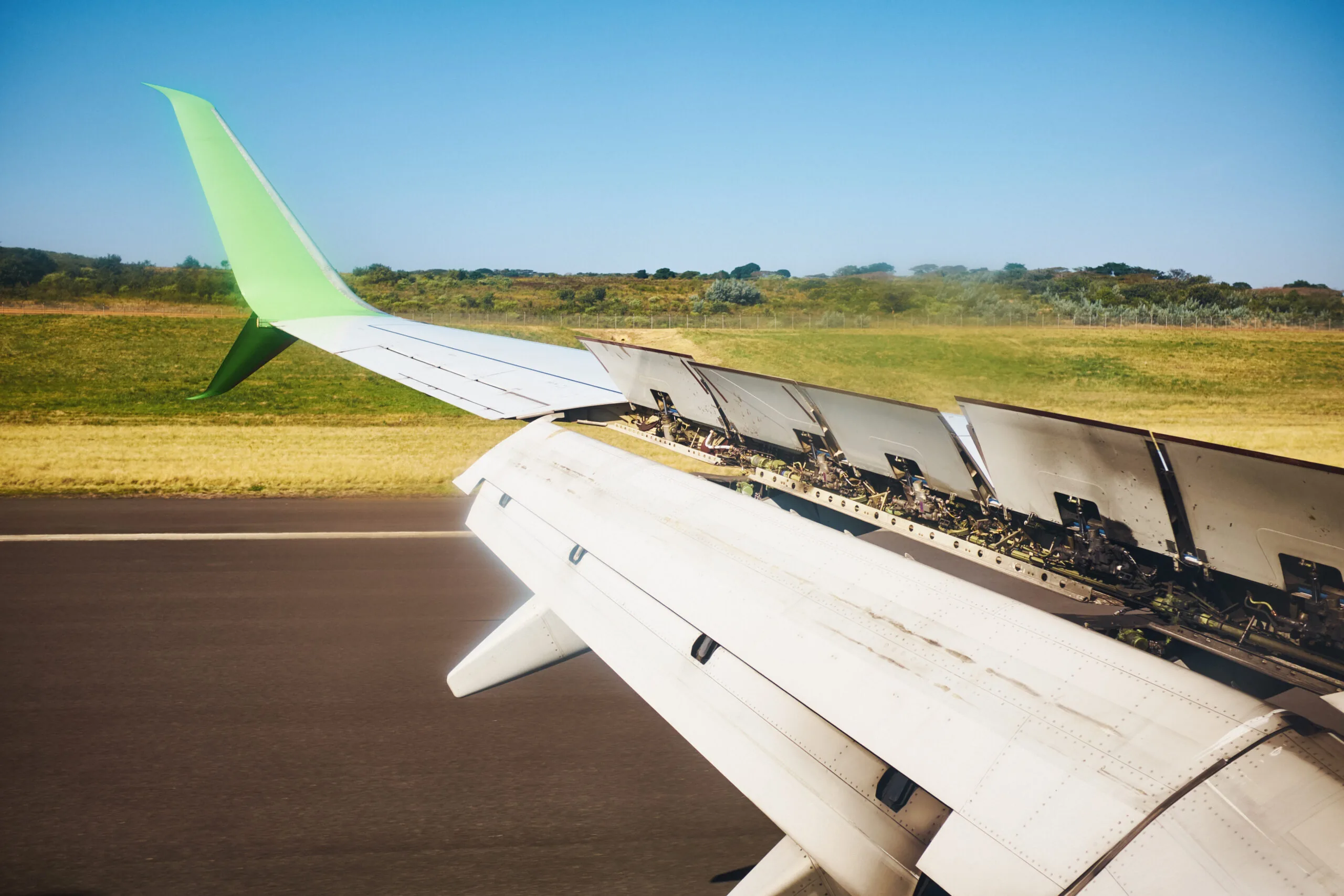
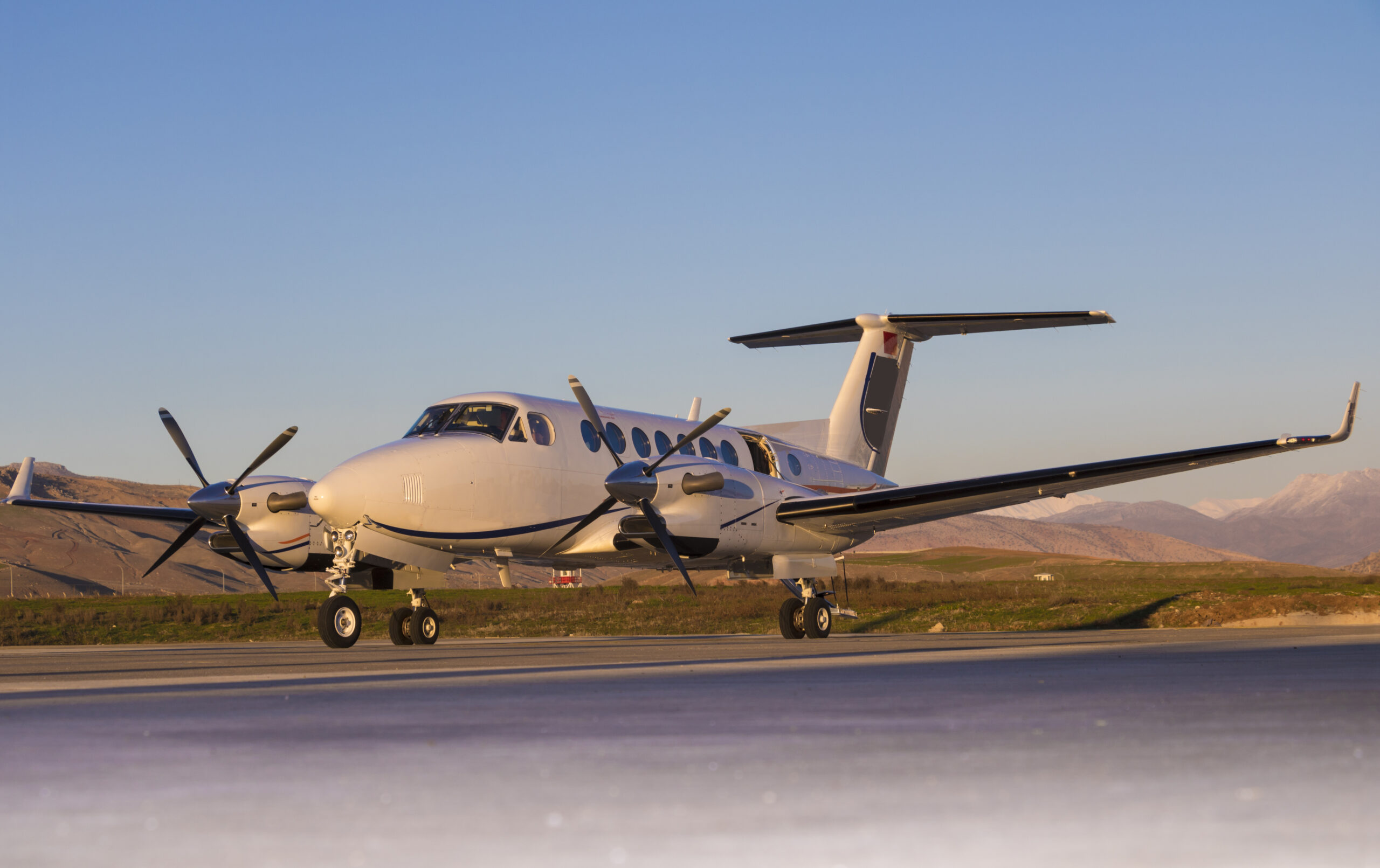
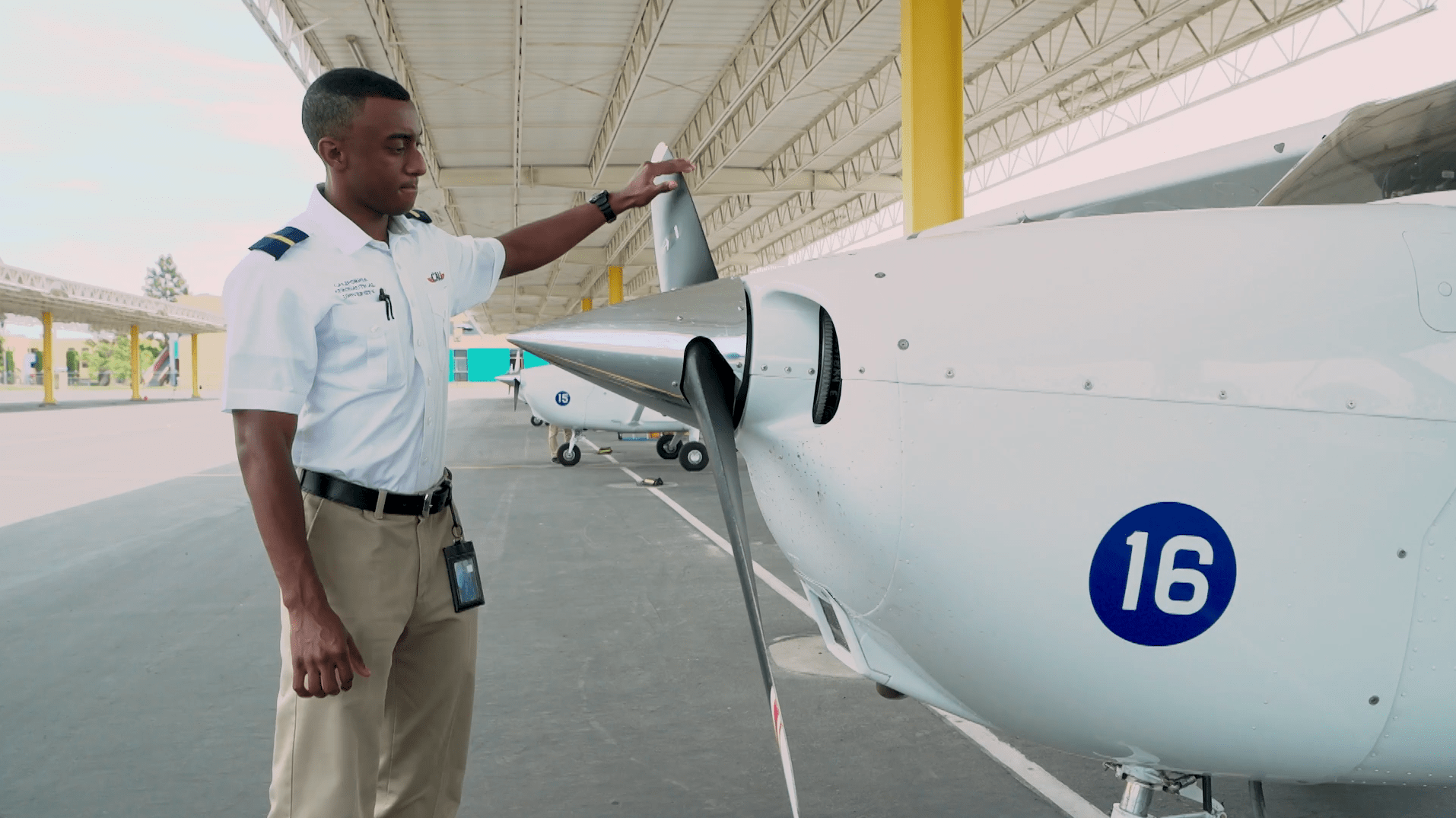
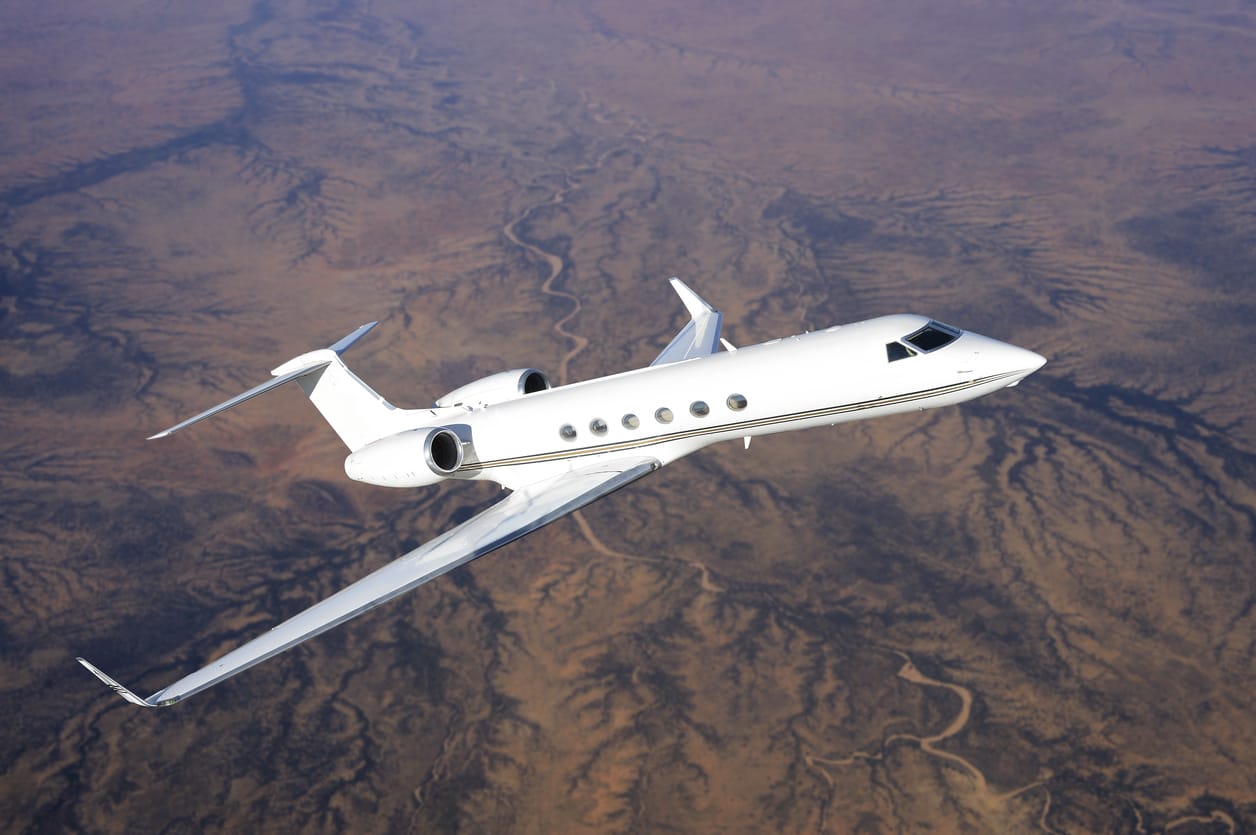
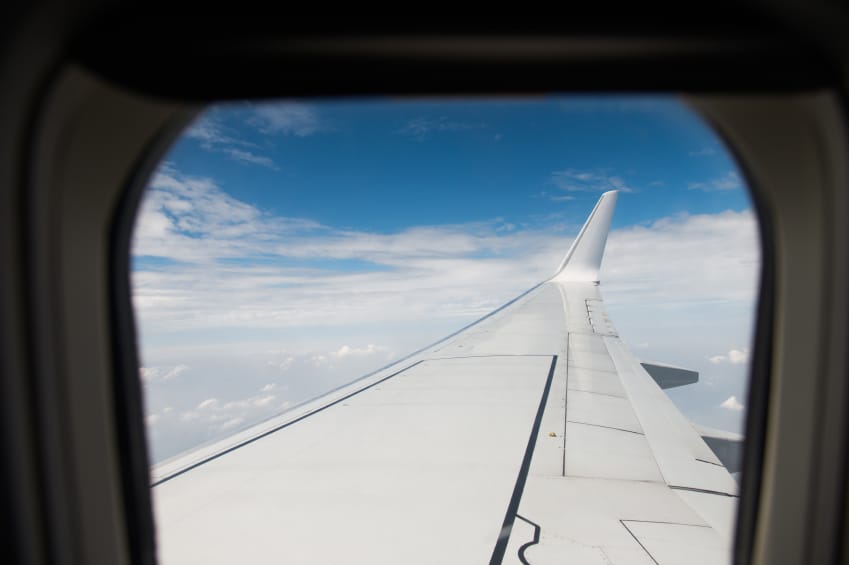
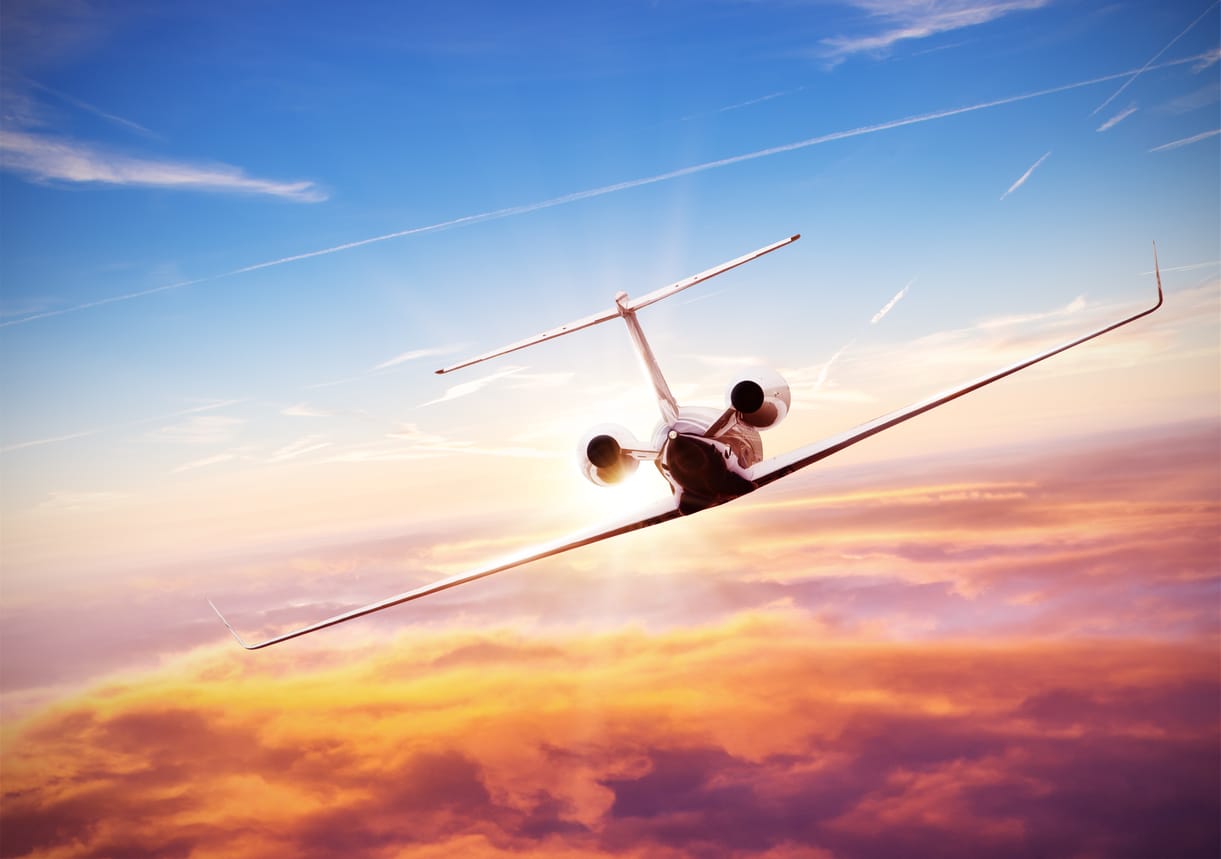

This is so understandable, I studied aeronautical engineering and this has helped learn more about flaps which I did not previously know. Thanks.
This is very helpful. I decided to research thr purpose of flaps because I was on a flight before where the flaps failed. Being that I’m still here, I knew that it wasn’t a fatal problem but I was still curious about what the flaps were for. The landing was extremely hard and fast and I had bruises across my waist from the seatbelt. We also had to get into brace position upon landing. The fire crew met us on the runway and made sure it was safe to pull up to the gate. It was scary at first because it was also my first flight I took alone. I’m just very thankful that it was not really serious and that nobody was hurt.
Hi Julie, wow, that must have been a terrifying experience. We are so glad that you are okay!
I was watching a plane landing, and the flaps were extended in stages as airspeed was reduced. I came here to understand what the pilots were doing with flaps and why they are used. I knew they are used for landing, but did not know that they are used also for takeoff.
Thank you for your comment Lynda!
Great article ..i am looking for this answer from a long time which i get cleared today after reading this post. Thanks a lot.
Mathew Johnston I salute you, I have learned a lot from you concerning flaps and what they do. Take offs and landings but is it possible to land without flaps Incase of an emergency that the all the flaps are not working?